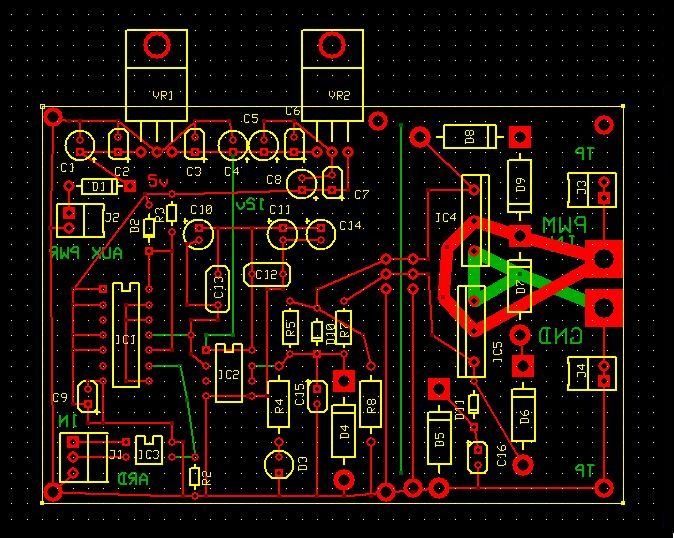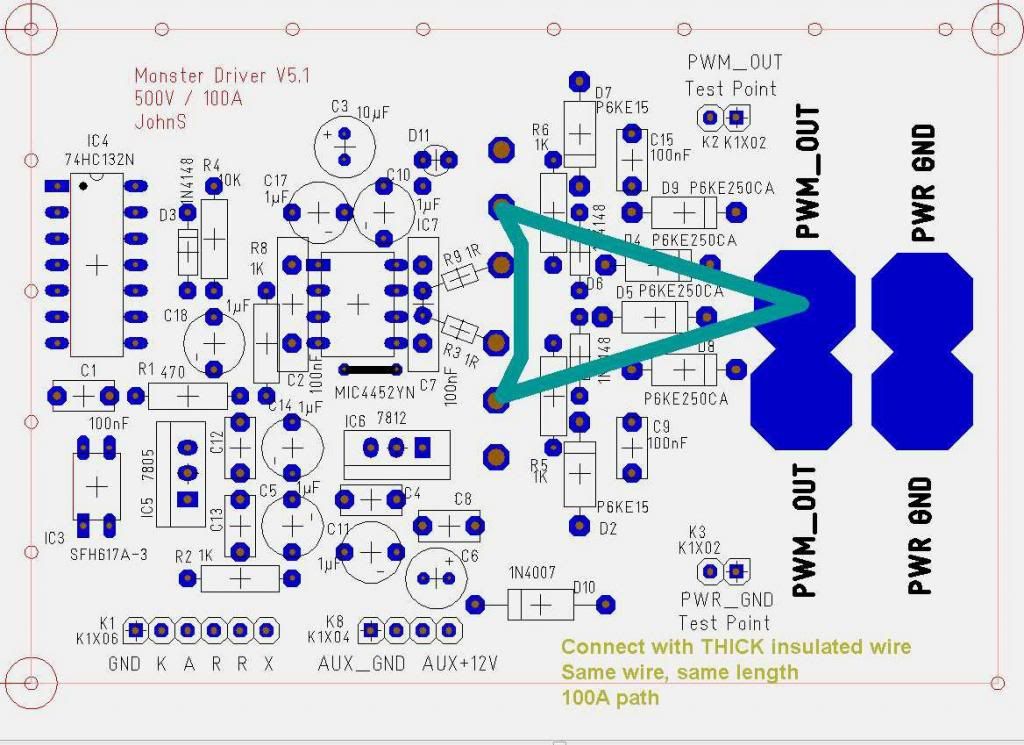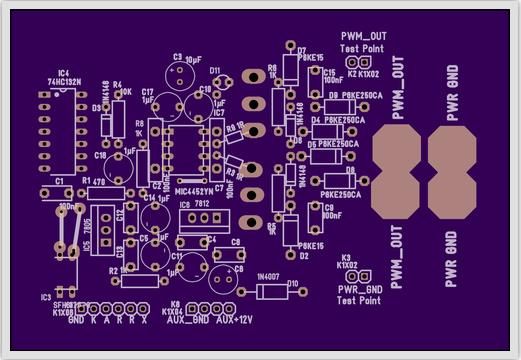Dc to dc boost converter
@ all
Hey guys, I was thing about adding a DC to DC Boost Converter from the battery pack for the Fire Blade AMEV1.
Ideas and thoughts please?!
Keep it Clean and Green
Richie
@ all
Hey guys, I was thing about adding a DC to DC Boost Converter from the battery pack for the Fire Blade AMEV1.
Ideas and thoughts please?!
Keep it Clean and Green

Richie





 .
.
 !!! The lady likes it crazy right? I would advocate for one pulse per commutator element, but that would be in the hundreds of KHz. I think I read these arduinos don't go that high somewhere on a post. Having adjustability for both duty cycles would be needed for testing to see what is best.
!!! The lady likes it crazy right? I would advocate for one pulse per commutator element, but that would be in the hundreds of KHz. I think I read these arduinos don't go that high somewhere on a post. Having adjustability for both duty cycles would be needed for testing to see what is best.


Comment